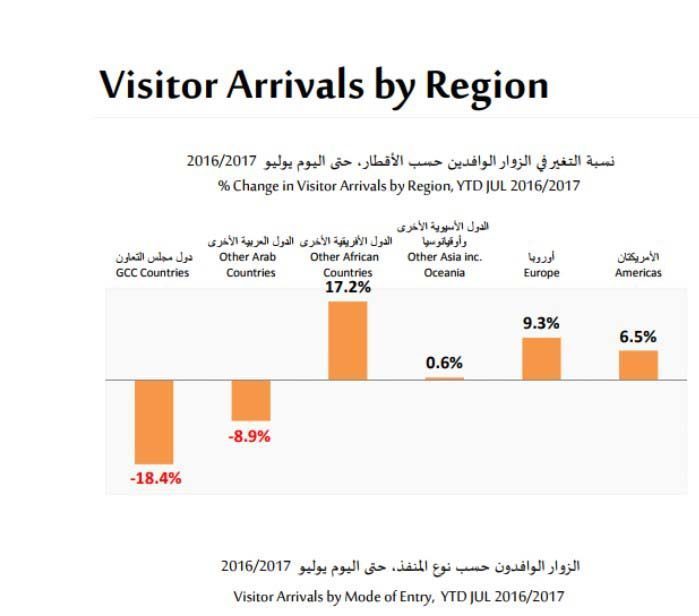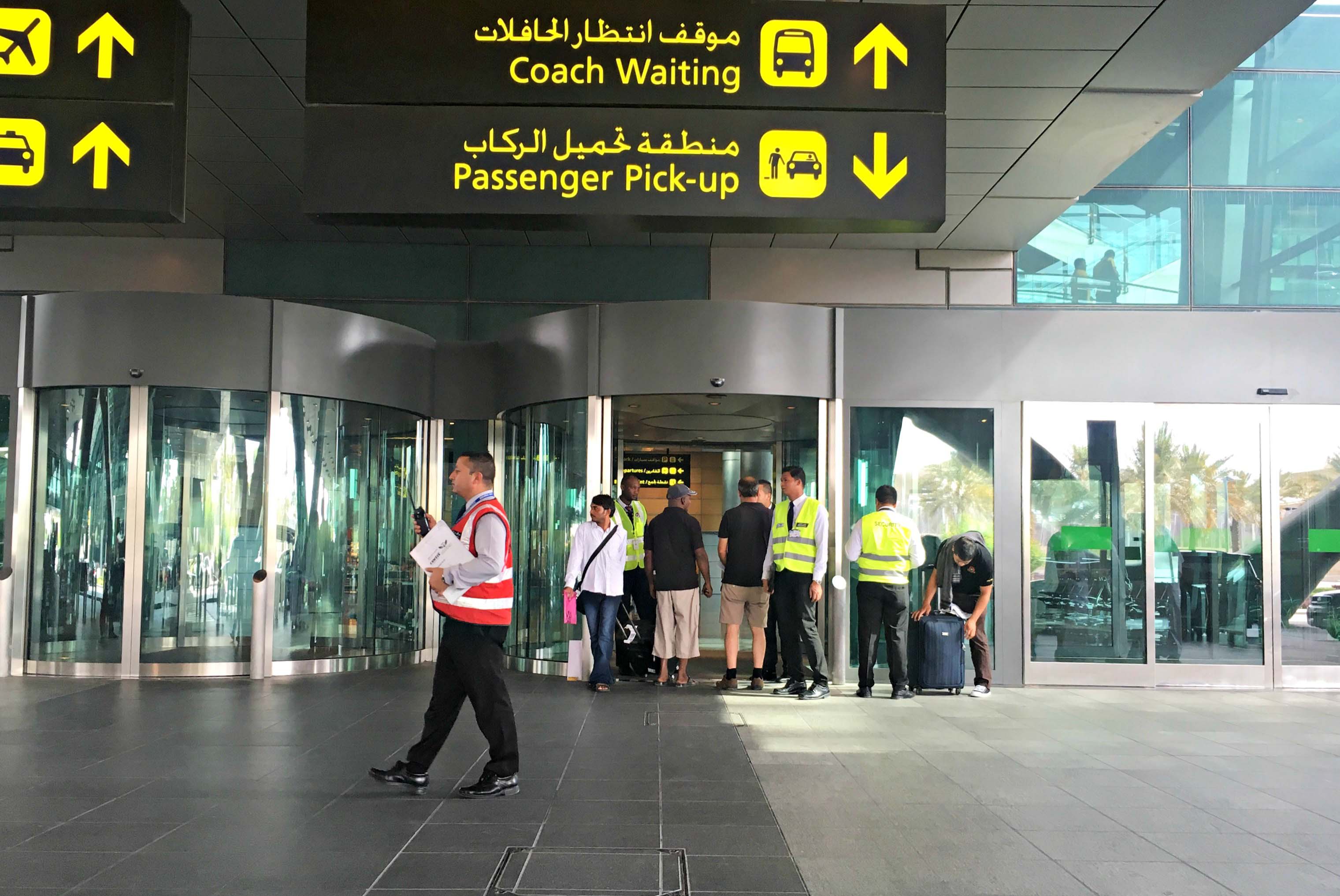
Passenger traffic at Hamad International Airport (HIA) dipped sharply after the blockade of Qatar began in June, according to newly released government figures.
Traffic dropped 18 percent year-on-year in June, according to the Ministry of Development Planning and Statistics (MDPS) August Bulletin.
It also fell some 32 percent from the previous month. But this could also be because June is usually a quieter travel month in Doha than May.

These official figures reveal for the first time how hard the Gulf dispute has hit HIA, which had experienced blockbuster growth before the boycott began.
Fewer airlines
At least half a dozen airlines from Bahrain, Saudi Arabia, the UAE and Egypt have ceased flying to Doha over the past three months.
They include Etihad, Emirates, Fly Dubai, Saudia, Gulf Air and Air Arabia. Additionally, Qatar Airways was forced to suspend its flights to all of the blockading countries.
According to analysts CAPA (Centre for Aviation) the severing of these air links caused the cancellation of over 130,000 aircraft seats per week.

This is why the number of aircraft movements – or how many takeoffs and landings were recorded – also dropped.
They were down 15 percent year-on-year for June 2017, and 24 percent month-on-month, the MDPS said.
The MDPS noted in its report that Hamad International Airport has not yet released passenger statistics for July 2017, so it was unable to include them in its August bulletin.
Fewer regional visitors
Fewer flights has meant fewer visitors to Qatar in the past couple of months.
According to the MDPS, 18 percent fewer GCC visitors came to Qatar this July (656,681) compared to July 2016 (804,875).

However, visitor arrivals remain surprisingly high, given flight restrictions.
Additionally, nationals of the UAE, Saudi Arabia and Bahrain are currently being discouraged from visiting Qatar by their own governments.
Right now, only residents from two Gulf countries – Kuwait and Oman – are able to fly into Doha without restrictions.

Visitor figures for July also show a 9 percent year-on-year decrease of travelers from other Arab countries.
On a positive note, however, they also show an increase of visitors from Africa, Asia, the Americas and Europe.
This helped temper the Gulf slump so that overall, visitor numbers from July 2017 to July 2016 only fell by 7 percent.
Thoughts?







